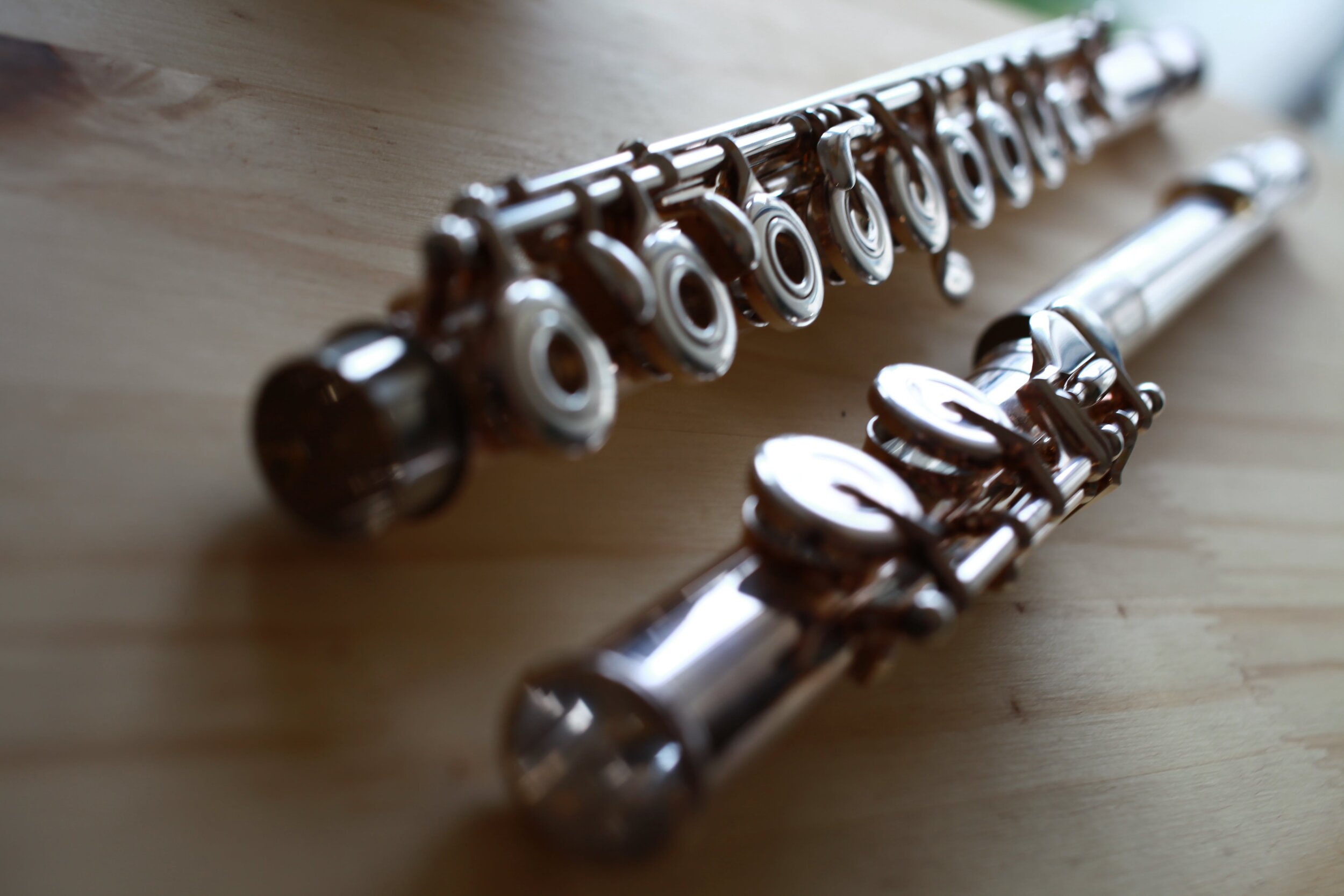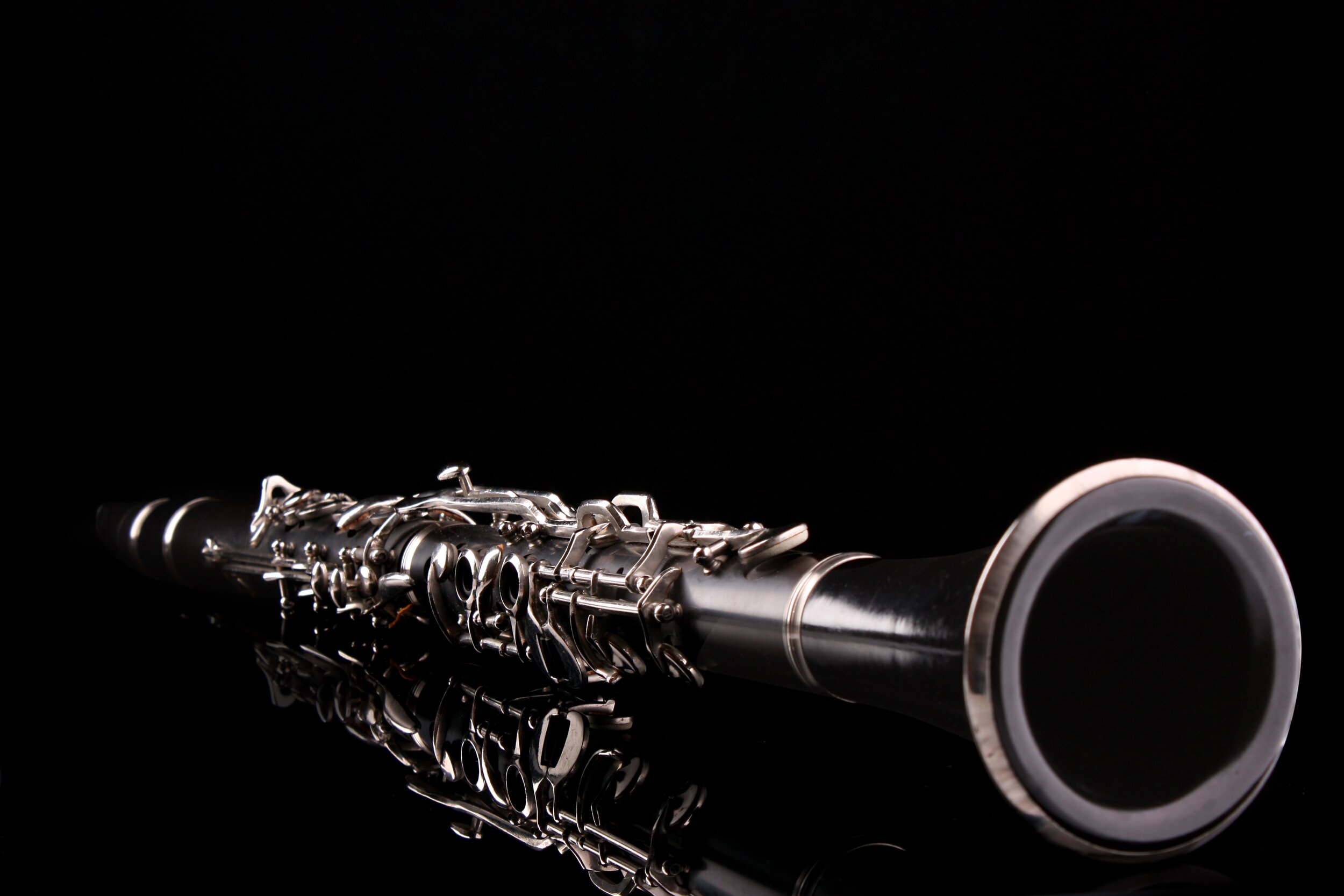Tchaikovsky | Symphony No. 6
Learn About Orchestration | Scores and Recordings
Tchaikovsky, Pyotr | Symphony No. 6, Op. 74 (1893)
Recording by: Valery Gergiev (conductor). Mariinsky (Kirov) Theatre Orchestra, St Petersburg
Learn about the orchestration
Interesting Doublings: The main love theme appears five times in the first movement. Each time a different orchestration:
Flutes and Bassoons doubling vs Horns
Other related resources
ODESSA is an interdisciplinary project involving the Université de Montréal, McGill University, and the Detmold University of Music, focusing on the study of orchestral sound blending. Conducted in September 2018, it featured a recording session of Tchaikovsky's Symphony No. 6 by the Orchestre de l’Université de Montréal. The project aimed to analyze the blending of instrument sounds from various perspectives, using different microphone setups. It explored how direct and reflected sounds contribute to our perception of orchestral timbre. The findings were intended to provide insight into the acoustic characteristics of instrument groups within an orchestra.
Perception of a Violin Section | Orchestral Distribution Effects in Sound, Space and Acoustics
This subject is from Tchaikovsky’s Symphony no. 6. mov. i, mm. 89–97. The goal was to examine differences between either a single violin, two violins, three violins, four violins, six violins, or the entire section.
Study on Counterpoint and Energy | Orchestral Distribution Effects in Sound, Space and Acoustics
From: Tchaikovsky Symphony no. 6. mov. i, mm. 170–185, to study how counterpoint and orchestration are used as a way to enhance energy. Example A is the orchestration of just the string section, playing the thematic and motivic counterpoint Example B is the orchestration of just the woodwinds and brass sections Example C is the original tutti scored by Tchaikovsky
Study of Counterpoint and Climax | Orchestral Distribution Effects in Sound, Space and Acoustics
Subject 3 is from Tchaikovsky’s Symphony no. 6. mov. i, mm. 284-304. The goal was to study the building of an orchestral climax and hyper-romantic counterpoint. Example A is the Winds (no fl), horn, trumpet, trombones, tuba, timpani: harmony+ counter-subject. Example B is the Flute, violin I, violin II, viola, cello: melody alone. Example C is the Tutti. Example D is the Tutti (extended section).
Study of Counterpoint and Strata | Orchestral Distribution Effects in Sound, Space and Acoustics
Subject 4.1 is from Tchaikovsky’s Symphony no. 6. mov. i, mm. 305-313. The goal was to study orchestration strata and hyper-romantic counterpoint. Example A is the harmony only: Horns, Trombones, Tuba, Timpani, Viola, Cello, Contrabass. Example B is the contrechant only: Oboe, Clarinet, Bassoon, add Viola, Cella at m.309. Example C is the melody only: Flute, Violin I & II, add oboe (m. 311), add clarinet (m. 312). Example D is the original orchestration.
Study of Poetic Affect | Orchestral Distribution Effects in Sound, Space and Acoustics
Subject 4.2 is from Tchaikovsky’s Symphony no. 6. mov. i, mm. 305-309. The goal was to examine how a poetic demand from the conductor can change the orchestra’s playing. Example A is the orchestra playing “normal. Example B is the orchestra playing like a “Bridge of Ice.”
Study of Contrast | Orchestral Distribution Effects in Sound, Space and Acoustics
Subject 5 is from Tchaikovsky’s Symphony no. 6. mov. iii, mm. 196–256. The goal was to study the contrast created by pointillistic motives versus linear horizontal ascending lines. Example A is the original orchestration.
Study on Alternating Sections | Orchestral Distribution Effects in Sound, Space and Acoustics
Subject 6 is from Tchaikovsky’s Symphony no. 6. mov. iii, mm. 221–229. The goal was to examine the unique alternating instrumental sections in this passage. Example A is the orchestration of just the string section. Example B is the orchestration of just the woodwind section. Example C is the original tutti scored by Tchaikovsky.
Percussion study | Orchestral Distribution Effects in Sound, Space and Acoustics
Subject 7 is from Tchaikovsky’s Symphony no. 6. mov. iii, mm. 330–end. The goal was to examine the percussion and the orchestration that is built around these rhythmic elements. Example A is the orchestration of just the timpani and bass drum. Example B is the orchestration of just the timpani and bass drum and brass section. Example C is the orchestration of the woodwinds and strings. Example D is the original tutti scored by Tchaikovsky.
Study on Addition and Reduction | Orchestral Distribution Effects in Sound, Space and Acoustics
Subject 8.1 is from Tchaikovsky’s Symphony no. 6. mov. iv, mm. 1–18. The goal was to study the woodwind combination, and the addition and reduction of instruments, and harmonic tension and release. Example A are the Woodwinds. Example B is the original scored Tutti.
Study of Composite Lines | Orchestral Distribution Effects in Sound, Space and Acoustics
Subject 8.2 is from Tchaikovsky’s Symphony no. 6. mov. iv, mm. 19–23. The goal was to study the composite descending melodic line, scored between violin I and violin II. Example A is the Violin II. Example B is the Violin I. Example C are the Violins I & II; However, in this example the violin II leads. Example D are the Violins I & II: Balanced, normal performance. Example E are all the strings, for the full musical context.
Instruments
Learn about the instruments in this piece

























































